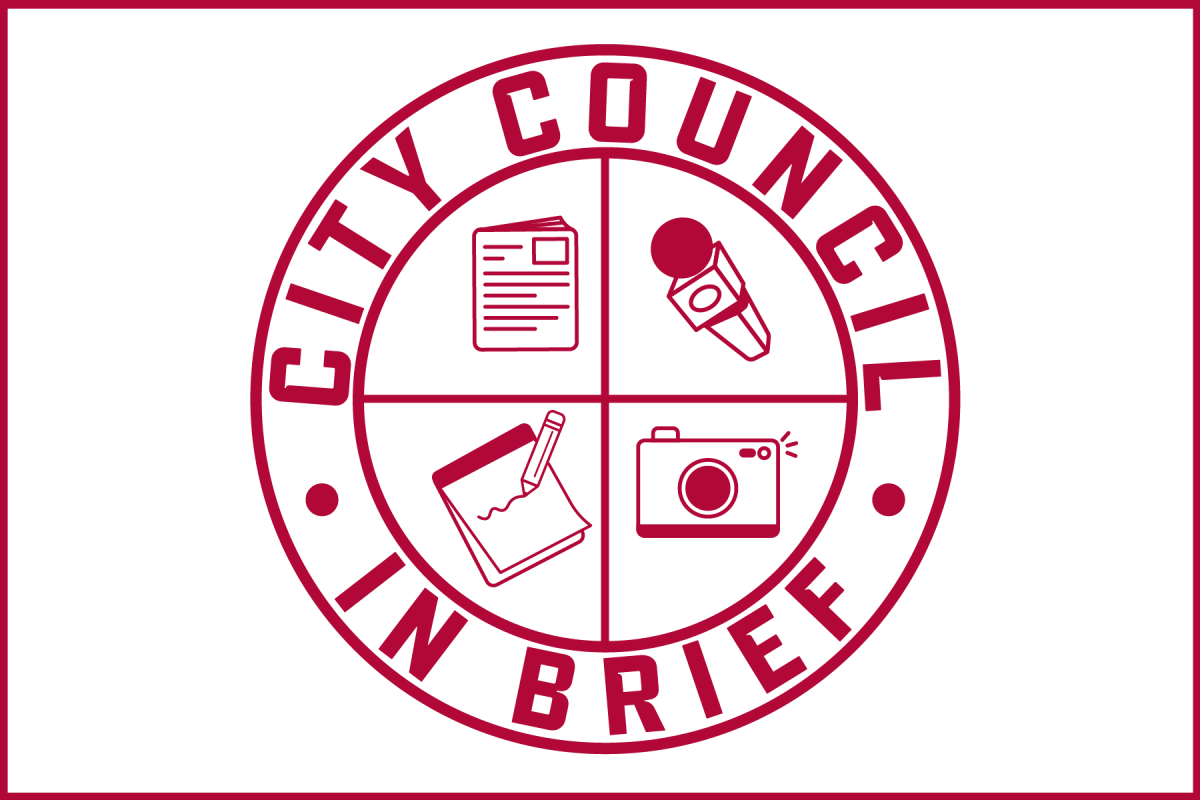By Ashanka Kumari and Stephen N. Dethrage
To commemorate the 50th anniversary of the integration of The University of Alabama, the University created Through the Doors, a website that catalogues the past and present of the school’s diversity and highlights the areas in which UA excels in the diversity of its students, faculty and staff.
According to the website, among the nation’s 50 “flagship institutions,” the Capstone is No. 3 in the percentage of full-time black faculty employed and No. 2 for the number of full-time black senior-level administrators.
The website also states that 50 years after the integration of the school, diversity has increased across the board.
When other minority faculty members are considered alongside black faculty, though, UA ranks much lower. Alabama is No. 12 among the “flagship institutions” in the employment of minority senior-level administrators and No. 39 in the employment of minority full-time faculty.
UA spokeswoman Cathy Andreen said the term “flagship institution” refers to the most prominent public university in a state.
The category limits the number of schools to which UA is compared. Within the state, both the University of Alabama at Birmingham and the University of Alabama in Huntsville rank higher than UA in terms of the percentage of faculty that are minorities.
In fall 2010, more than 82 percent of the University’s full-time faculty were white, according to the Office of Institutional Research and Assessment. At the University of Alabama at Birmingham, 75 percent were white, and at the University of Alabama in Huntsville, 77 percent were white.
In 2012, of the 1,731 faculty members employed by the University, 1,458 (84 percent) were white, according to the OIRA.
Robert Olin, the dean of the College of Arts and Sciences, UA’s largest college, said in terms of academic subject areas, his college is the most diverse division of the University.
“We have programs ranging from many languages to anthropology to Asian studies to history, etc.,” Olin said. “Scholars in these and other fields come from all over the world.”
Despite the diversity of areas of study, 85 percent of the faculty in the College of Arts and Sciences during fall 2012 were white. Olin said having a diverse staff of professors is extremely important.
“The diversity of a university or a community is a measure of its richness as well as its resilience,” he said. “A diverse faculty brings diverse perspectives, diverse bodies of knowledge, cultures and languages to our institution. This elevates the learning experience for our students.”
For Olin, a diverse faculty is more than a selling point for a University, it’s a key part of the rounding out of an education.
“One of the things a university education, particularly a liberal arts education, should do is prepare our students to be citizens of the world, to be able to go anywhere in the world and navigate the world successfully,” Olin said. “Diversity in our faculty is critical for that kind of education to take place.”
Even so, Olin said diversity is not his main focus when he hires a new faculty member.
“We seek to hire the most qualified and suitable candidate for a particular job, whoever that might be,” he said. “In no way is that goal in opposition to the goal of having a diverse faculty. In many cases, they strengthen each other.”
Departments actively work to recruit the best and brightest faculty just as the University recruits top students, Andreen said.
“Departments conduct national searches in order to fill faculty positions,” she said. “Departments employ many strategies to let faculty at major colleges and universities know about the positions.”
Olin said the College of Arts and Sciences is working to increase the diversity of its faculty and has a five-point strategic plan to accomplish that, which includes advertising job openings in publications read by underrepresented populations of scholars, sending representatives to conferences that target those scholars and posting job openings on websites such as the Minority Faculty Applicant Database.
Olin also said the plan also requires all of the college’s departments to have an approved diversity hiring plan and provides search committees with a list of historically black colleges and universities that have doctoral programs in their disciplines so they can notify new graduates of job opportunities.








